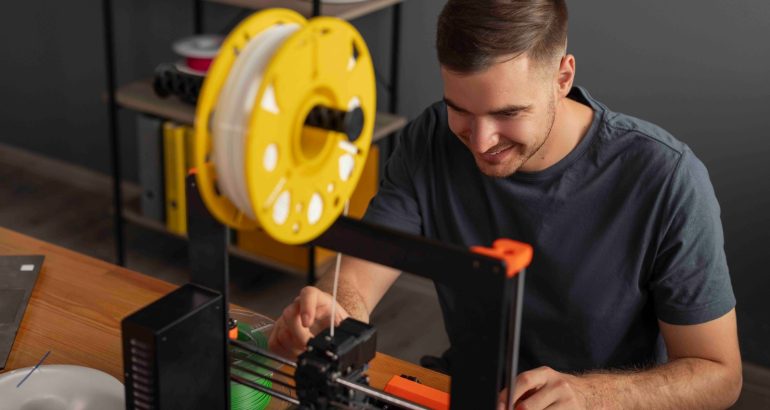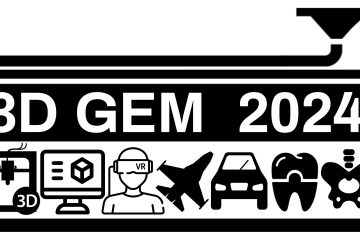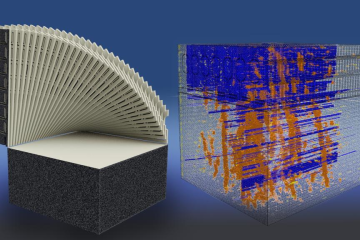Starting a 3D printing service business in India can be a promising entrepreneurial opportunity due to several factors:
1. Growing Market: The 3D printing market in India is expanding across various sectors including manufacturing, healthcare, education, and consumer goods.
2. Technology Adoption: There is increasing adoption of 3D printing technology among businesses and individuals looking for rapid prototyping, customized manufacturing, and cost-effective production solutions.
3. Diverse Applications: 3D printing is used in diverse fields such as aerospace, automotive, medical devices, jewelry, architecture, and more, offering a wide range of potential clientele.
4. Educational Institutions: Schools, colleges, and universities are increasingly using 3D printing for research, projects, and teaching purposes, creating a steady demand for 3D printing services.
5. Cost Efficiency: Setting up a 3D printing service business can be relatively cost-effective compared to traditional manufacturing setups, especially for small batches and prototypes.
Steps to Start a 3D Printing Service Business:
1. Market Research:
• Identify the specific industries and customer segments in your area that have a demand for 3D printing services.
• Assess the competition and their service offerings.
2. Business Plan:
• Define your business model (e.g., B2B, B2C, or both).
• Outline your services (e.g., prototyping, custom manufacturing, design services).
• Develop a pricing strategy based on market rates and your cost structure.
3. Equipment and Materials:
• Choose appropriate 3D printers based on your target market and applications.
• Stock up on a variety of printing materials (e.g., PLA, ABS, metal filaments) depending on customer requirements.
4. Location:
• Consider setting up in an industrial area or near educational institutions where there’s a high concentration of potential customers.
5. Legal and Regulatory Requirements:
• Register your business and obtain any necessary licenses or permits.
• Ensure compliance with local regulations regarding manufacturing and environmental standards.
6. Marketing and Sales:
• Create a website showcasing your services, capabilities, and portfolio.
• Network with local businesses, schools, and industry associations.
• Utilize social media and online advertising to reach potential customers.
7. Customer Relationships:
• Provide excellent customer service and support.
• Offer consultations and assistance with design optimization if needed.
8. Expansion and Innovation:
• Stay updated with the latest 3D printing technologies and materials.
• Explore partnerships with designers, engineers, and businesses for collaborative projects.
Challenges to Consider:
• Technological Obsolescence: Rapid advancements in 3D printing technology may require periodic upgrades.
• Quality Control: Ensuring consistent print quality and meeting customer expectations.
• Competition: The market may become saturated as more players enter the field.
By carefully planning and executing your 3D printing service business in India, you can capitalize on the growing demand for innovative manufacturing solutions and establish a successful venture.







